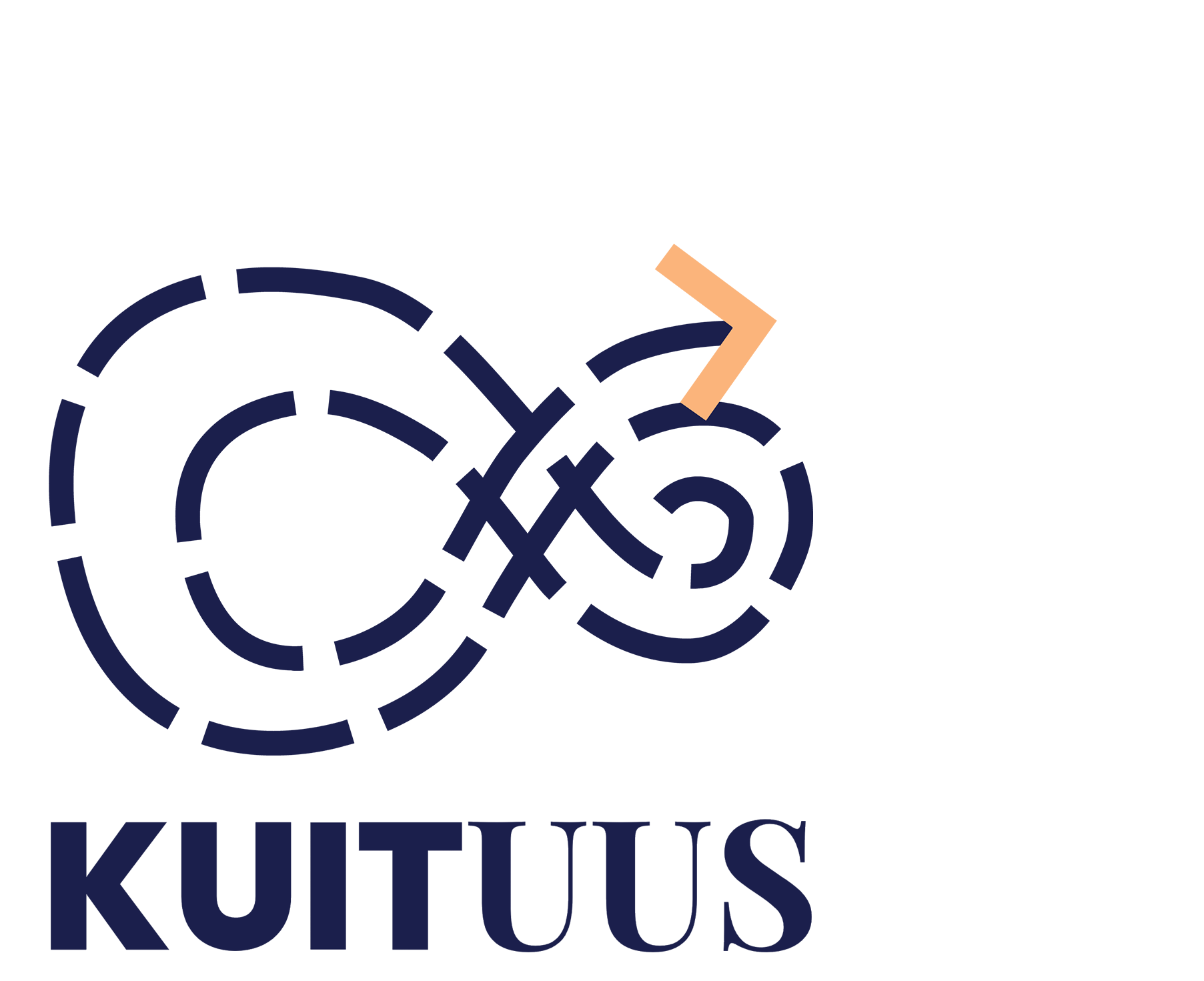30 Nov PODCAST 6: PROFITABLE BUSINESS WITH RECYCLED MATERIALS – CASE SINITUOTE
The transition into the circular economy requires new operating models and attitudes from businesses. Sinituote Oy is an excellent example of how internal motivation of a business as well as external enablers can turn a business into a forerunner in the circular economy. The biggest step towards the circular economy took place in 2018 when Sinituote began to test if their products could be made from recycled plastic instead of virgin plastic. After successful experiments, the company decided to manufacture three of their most popular products permanently from recycled plastic and integrate the circular economy transition into their day-to day management. Today, 45 % of the plastic raw materials they use is recycled. There are many factors that contribute to the success of Sinituote but environmental awareness and understanding of global sustainability issues have acted as the driving force behind the change.
“I think that the ultimate driver is my and my family’s worldview”, Johanna Hamro-Drotz, the current CEO of the family-owned company says. “I had a strong will and desire to sort of show that it is possible to do things differently and better and that it is actually possible to have a profitable business so that it is sustainable at the same time.”
In addition to internal values, having their own production facility where they have been able to test new material, has supported the success of Sinituote. Furthermore, motivated personnel and agile organisation where bureaucracy is minimised and self-governing work culture is supported, have enabled quick learning of circular economy operating models for Sinituote. Minna Halme, Professor of Sustainability Management at Aalto University School of Business considers good leadership and trusting in the expertise of the personnel to be important aspects in adapting to new models. A change towards the circular economy is possible even in a less agile company if benefits of the circular economy are recognised and if there are motivated people who act as a driving force and take matters forward.
Utilisation of recycled material has its challenges too. As the system of the new circular economy has been developing, there has been a lack of raw material and its quality has varied. Now raw material is available and the price is also less expensive than that of the virgin raw material but more users are needed. When applying new raw material and finding the most effective approaches, balance is needed – several test rounds might be needed but the end result will be rewarding.
Hamro-Drotz thus brings up the desire of the consumers to make more sustainable consumption decisions. According to her, an environmentally friendly product that fulfils the quality and appearance criteria of the consumers is also economically rewarding. For example, the sales of Sinituote increased visibly with the first circular economy products. However, the role of communication is crucial and the sustainability of a product must be communicated clearly and tangibly so that consumers can differentiate genuine sustainability from greenwashing. Moreover, concrete goals motivate and steer the work of the company – the aim of Sinituote is to use only recyclable plastic as raw material for plastic products by 2030.


